Home>Home Appliances>Heating & Cooling>Why Does The Heat Cycle On Forced Air Heating System Ice On Coils
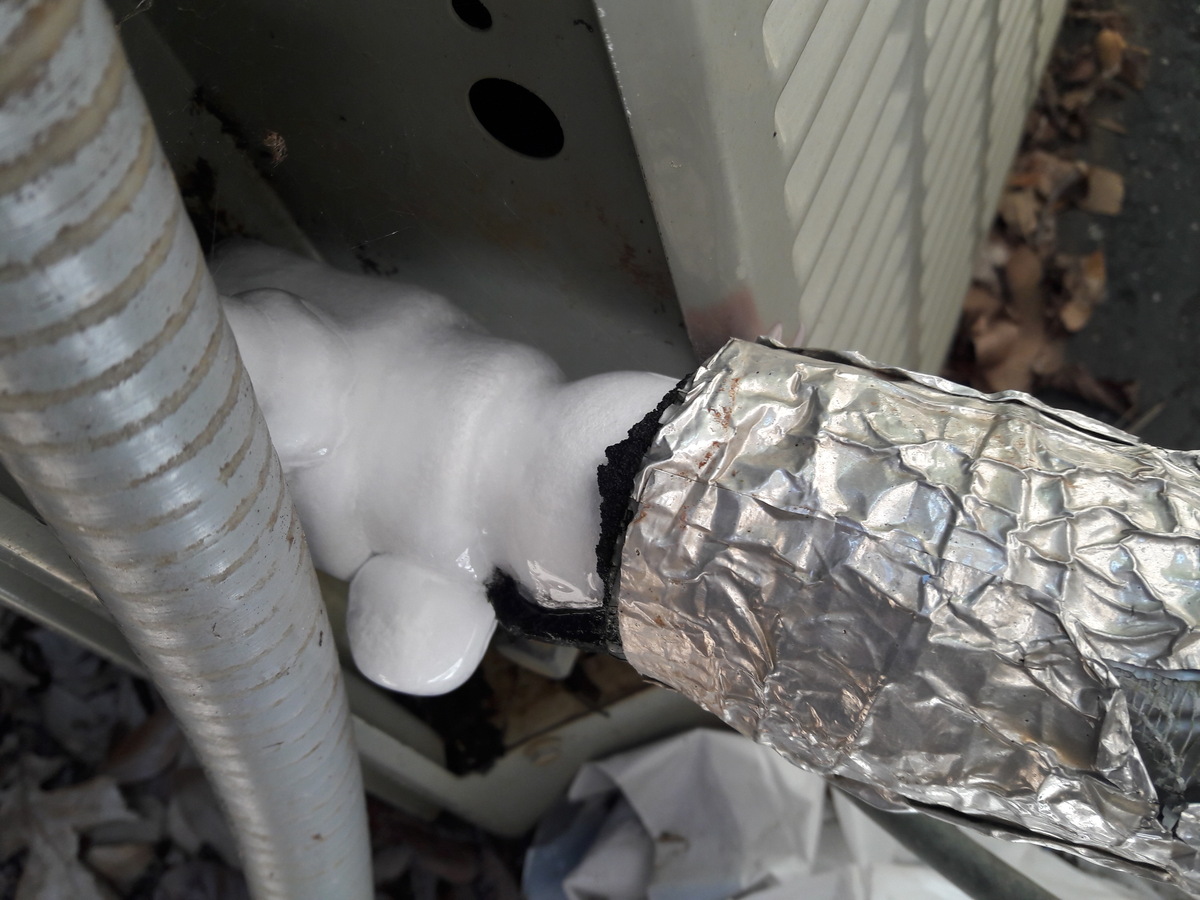

Heating & Cooling
Why Does The Heat Cycle On Forced Air Heating System Ice On Coils
Modified: August 17, 2024
Learn why forced air heating systems ice on coils and how to prevent it. Get expert tips on heating and cooling maintenance.
(Many of the links in this article redirect to a specific reviewed product. Your purchase of these products through affiliate links helps to generate commission for Storables.com, at no extra cost. Learn more)
Introduction
The heat cycle on a forced air heating system is a crucial aspect of maintaining a comfortable indoor environment, especially during the colder months. Understanding the intricacies of this cycle and its potential issues, such as ice formation on coils, is essential for homeowners and HVAC professionals alike. In this article, we will delve into the various factors that contribute to ice formation on heating system coils, its effects, and most importantly, how to prevent this issue from occurring.
Understanding the Heat Cycle on Forced Air Heating System
Key Takeaways:
- Ice formation on heating system coils can reduce efficiency, increase energy consumption, and damage the system, leading to discomfort and potential health risks. Preventive measures like regular maintenance and airflow optimization are crucial for a healthy indoor environment.
- Understanding the causes of ice formation, such as restricted airflow and thermostat irregularities, helps homeowners and HVAC professionals implement targeted strategies to prevent this issue. Proactive measures, including humidity control and system rest periods, are essential for maintaining a comfortable and sustainable indoor environment.
Understanding the Heat Cycle on Forced Air Heating System
The heat cycle on a forced air heating system involves a series of processes that work together to produce and distribute warm air throughout a building. It begins with the activation of the thermostat, which signals the heating system to start. Once initiated, the system's burners or heating elements are engaged, generating heat that warms the air. This heated air is then propelled through the ductwork by a blower or fan, ultimately reaching the various rooms and spaces within the building.
As the warm air circulates, it gradually raises the indoor temperature to the desired level set on the thermostat. Once this temperature is achieved, the thermostat signals the heating system to deactivate, pausing the heat cycle until the temperature drops and the system needs to re-engage to maintain the set temperature.
During this process, the heating system's coils play a pivotal role in facilitating the heat exchange. The coils, often located within the system's air handler, are responsible for absorbing heat and transferring it to the air passing through the ductwork. This transfer of heat is essential for ensuring that the circulated air reaches the desired temperature before being distributed throughout the building.
Understanding the heat cycle on a forced air heating system is crucial for homeowners and HVAC professionals, as it enables them to comprehend the system's operation and identify any potential issues that may arise. By gaining insight into this cycle, individuals can better grasp the factors that contribute to ice formation on the system's coils, allowing for proactive measures to prevent and address such occurrences.
Causes of Ice Formation on Coils
Ice formation on the coils of a forced air heating system can stem from various factors, each of which can disrupt the system's functionality and compromise indoor comfort. Understanding these causes is pivotal in effectively addressing and preventing ice formation.
-
Restricted Airflow: When the airflow over the coils is impeded, it can lead to a drop in temperature around the coils. This can occur due to clogged air filters, obstructed vents, or a malfunctioning blower. As a result, the reduced airflow causes the coils to become excessively cold, leading to the formation of ice.
-
Refrigerant Issues: In some cases, ice formation on the coils can be attributed to problems with the refrigerant levels. Low refrigerant levels can cause the coils to become colder than intended, resulting in ice buildup. Conversely, issues such as a refrigerant leak or improper refrigerant charge can also contribute to ice formation.
-
Thermostat Irregularities: A malfunctioning thermostat can cause the heating system to run longer than necessary, leading to excessive cooling of the coils. This prolonged operation can result in the formation of ice on the coils, indicating a disparity between the set temperature and the actual temperature within the system.
-
Humidity Imbalance: Imbalanced humidity levels within the building can also contribute to ice formation on the coils. When the humidity is too high, moisture in the air can condense on the coils and subsequently freeze. Conversely, extremely low humidity levels can also lead to ice formation due to the absence of sufficient moisture to prevent freezing.
-
Dirty Coils: Accumulated dirt, dust, and debris on the coils can insulate them, hindering the transfer of heat. This insulation effect can cause the coils to become excessively cold, promoting ice formation. Regular maintenance and cleaning of the coils are essential to prevent this issue.
-
System Overuse: Continuous operation of the heating system without adequate rest periods can lead to the buildup of ice on the coils. Overuse can strain the system, causing the coils to become excessively cold and prone to icing.
By addressing these potential causes of ice formation on the coils, homeowners and HVAC professionals can take proactive measures to maintain the efficiency and functionality of the forced air heating system, ultimately ensuring a comfortable indoor environment.
Check and replace your air filter regularly to prevent restricted airflow, which can cause the coils to ice up in a forced air heating system.
Effects of Ice Formation on Coils
Ice formation on the coils of a forced air heating system can have detrimental effects on both the system's performance and the indoor environment. Understanding these effects is crucial for homeowners and HVAC professionals to grasp the severity of the issue and take prompt corrective actions.
-
Reduced Heating Efficiency: When ice forms on the coils, it acts as an insulating barrier, hindering the transfer of heat from the coils to the circulated air. This impedes the system's ability to effectively warm the air, resulting in reduced heating efficiency. As a consequence, the system may struggle to maintain the desired indoor temperature, leading to discomfort and potential energy wastage.
-
Increased Energy Consumption: The presence of ice on the coils forces the heating system to work harder to compensate for the reduced heat transfer. This increased workload translates to higher energy consumption, potentially leading to elevated utility bills. Moreover, the strain on the system due to ice formation can contribute to premature wear and tear, necessitating costly repairs or replacements.
-
Potential System Damage: Prolonged ice formation on the coils can lead to more severe issues, such as compressor damage and refrigerant leaks. The excessive strain on the system components, coupled with the potential formation of ice within the refrigerant lines, can compromise the overall integrity of the heating system. This not only poses safety concerns but also entails significant repair expenses.
-
Diminished Air Quality: As ice accumulates on the coils, it can impede the airflow within the system, leading to reduced air circulation. This diminished airflow can result in stagnant air pockets, creating an environment conducive to the proliferation of allergens, dust, and other airborne particles. Consequently, indoor air quality may deteriorate, posing health risks to occupants, particularly those with respiratory conditions.
-
Risk of Water Damage: In some instances, the melting ice on the coils can overwhelm the system's drainage mechanisms, leading to water leakage and potential water damage. This can manifest as water seepage into the surrounding areas, causing structural damage, mold growth, and compromising the integrity of the heating system's components.
By recognizing the adverse effects of ice formation on the coils, individuals can appreciate the urgency of addressing this issue. Implementing preventive measures and promptly addressing ice formation through professional maintenance can safeguard the heating system's efficiency, prolong its lifespan, and ensure a comfortable and healthy indoor environment.
Preventing Ice Formation on Coils
Preventing ice formation on the coils of a forced air heating system is paramount in maintaining its efficiency and longevity. By implementing proactive measures, homeowners and HVAC professionals can mitigate the risk of ice buildup and ensure uninterrupted comfort within the indoor environment.
-
Regular Maintenance: Scheduled maintenance, including professional inspection and cleaning of the heating system's components, is essential for preventing ice formation on the coils. This entails removing accumulated dirt, dust, and debris from the coils, ensuring unobstructed airflow, and optimizing heat transfer efficiency.
-
Airflow Optimization: Maintaining unobstructed airflow over the coils is critical for preventing ice formation. Regularly replacing air filters, clearing obstructions from vents, and ensuring the proper functioning of the blower or fan promotes consistent airflow, reducing the likelihood of temperature fluctuations that can lead to ice buildup.
-
Refrigerant Level Checks: Periodic assessment of the refrigerant levels and addressing any discrepancies is vital for preventing ice formation. Ensuring optimal refrigerant levels and promptly addressing any leaks or improper charges can safeguard the coils from becoming excessively cold and prone to icing.
-
Thermostat Calibration: Calibrating and maintaining the accuracy of the thermostat is crucial for preventing prolonged operation of the heating system, which can lead to ice formation. Ensuring that the thermostat accurately reflects the indoor temperature and promptly addressing any irregularities can prevent unnecessary strain on the system.
-
Humidity Control: Balancing indoor humidity levels is pivotal in preventing ice formation on the coils. Utilizing humidifiers and dehumidifiers to maintain optimal humidity levels can mitigate the risk of moisture condensation and subsequent ice buildup on the coils.
-
System Rest Periods: Allowing the heating system adequate rest periods between cycles can prevent excessive strain and potential ice formation. Implementing programmed setbacks or utilizing smart thermostats to optimize heating cycles can promote efficient operation and reduce the risk of ice buildup.
By diligently implementing these preventive measures, homeowners and HVAC professionals can effectively mitigate the risk of ice formation on the coils of forced air heating systems. This proactive approach not only ensures consistent heating performance and energy efficiency but also contributes to the prolonged lifespan of the heating system, ultimately fostering a comfortable and sustainable indoor environment.
Read more: Why Is Forced Air Heating Noisy
Conclusion
In conclusion, the heat cycle on a forced air heating system is a fundamental process that plays a pivotal role in maintaining indoor comfort during colder seasons. However, the occurrence of ice formation on the system's coils can significantly disrupt this cycle, leading to a myriad of adverse effects on both the system's performance and the indoor environment. Understanding the causes and effects of ice formation on coils is essential for homeowners and HVAC professionals, enabling them to take proactive measures to prevent and address this issue.
By recognizing the potential causes of ice formation, including restricted airflow, refrigerant issues, thermostat irregularities, humidity imbalances, dirty coils, and system overuse, individuals can implement targeted strategies to mitigate these factors. Regular maintenance, airflow optimization, refrigerant level checks, thermostat calibration, humidity control, and allowing adequate rest periods for the system are crucial preventive measures that can effectively reduce the risk of ice buildup on the coils.
The effects of ice formation on coils, ranging from reduced heating efficiency and increased energy consumption to potential system damage and diminished air quality, underscore the urgency of addressing this issue. Prompt corrective actions, coupled with preventive maintenance, can safeguard the heating system's functionality, prolong its lifespan, and ensure a comfortable and healthy indoor environment for occupants.
In essence, the prevention of ice formation on the coils of forced air heating systems is a proactive endeavor that requires diligence and regular attention. By adhering to a comprehensive maintenance regimen and implementing targeted preventive measures, homeowners and HVAC professionals can mitigate the risk of ice buildup, ensuring consistent heating performance, energy efficiency, and the overall well-being of the indoor environment. Ultimately, a well-maintained heating system with ice-free coils not only enhances comfort but also contributes to sustainable energy usage and cost savings, underscoring the significance of proactive maintenance and preventive measures in preserving the integrity of forced air heating systems.
Frequently Asked Questions about Why Does The Heat Cycle On Forced Air Heating System Ice On Coils
Was this page helpful?
At Storables.com, we guarantee accurate and reliable information. Our content, validated by Expert Board Contributors, is crafted following stringent Editorial Policies. We're committed to providing you with well-researched, expert-backed insights for all your informational needs.
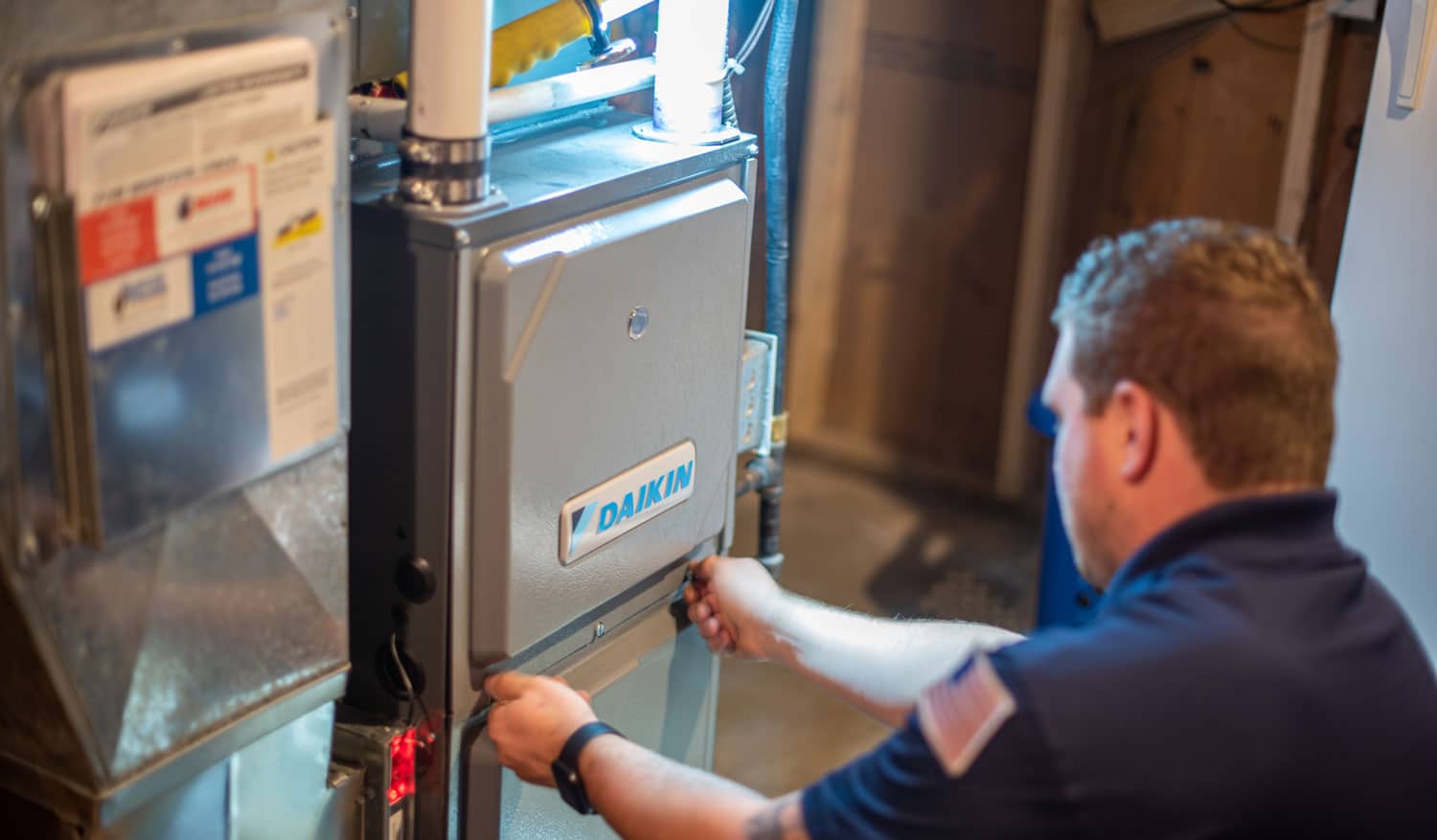
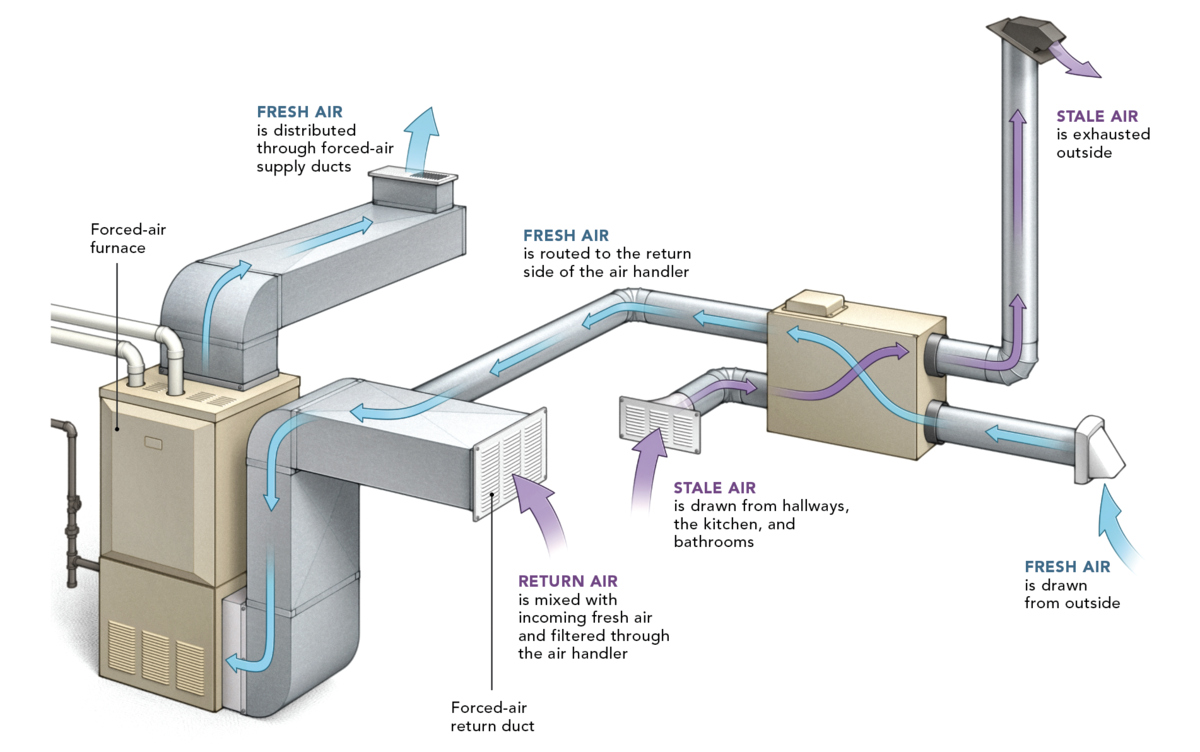
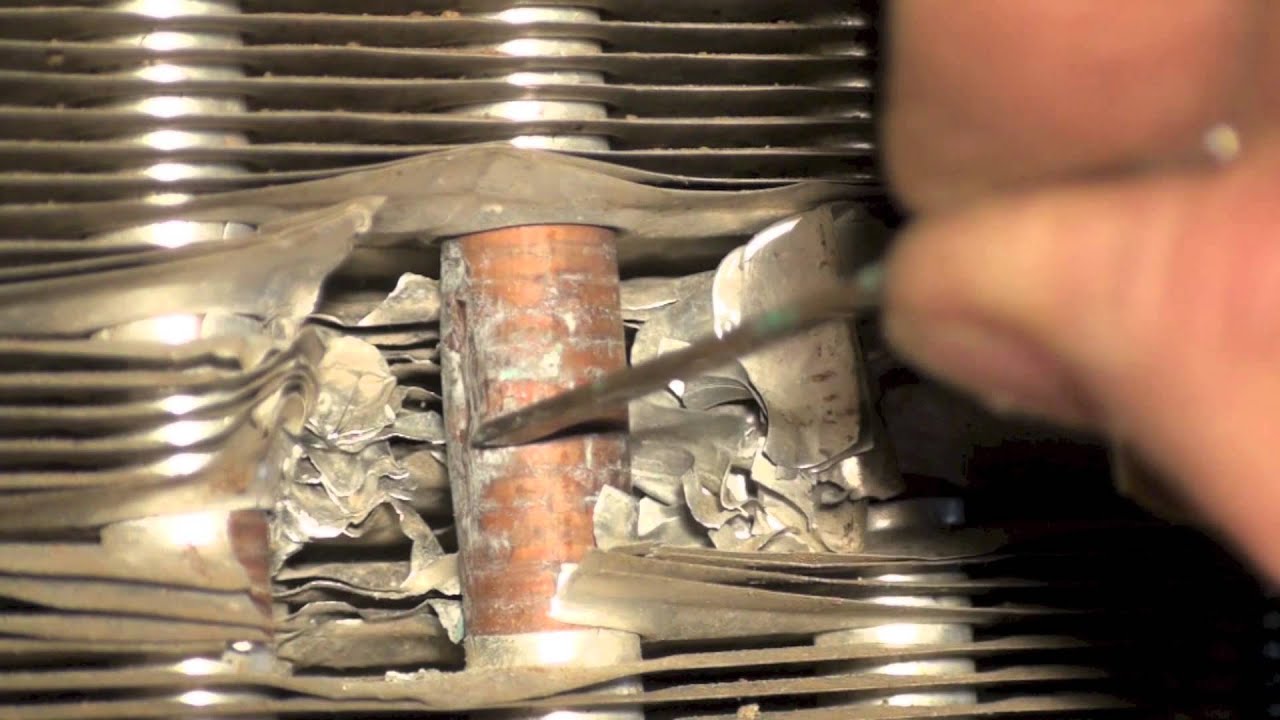
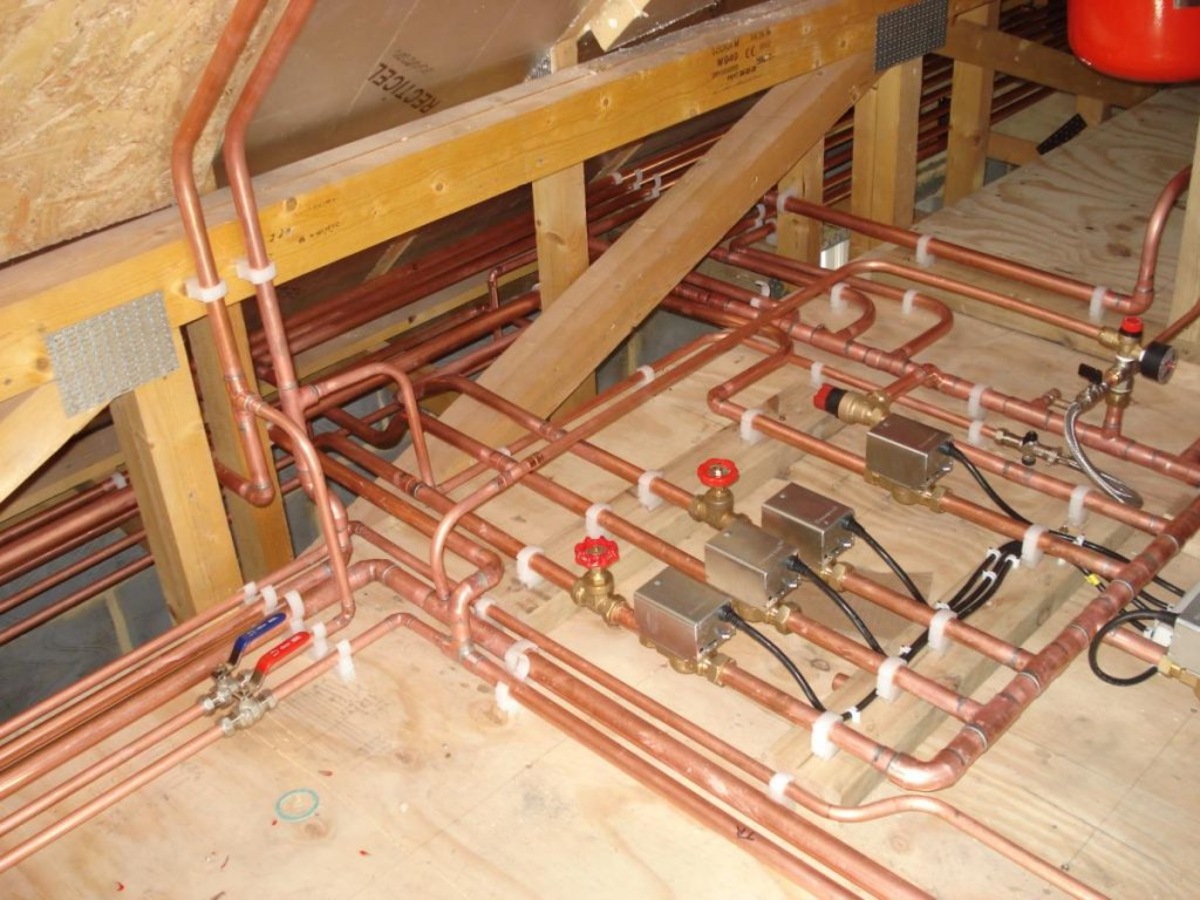
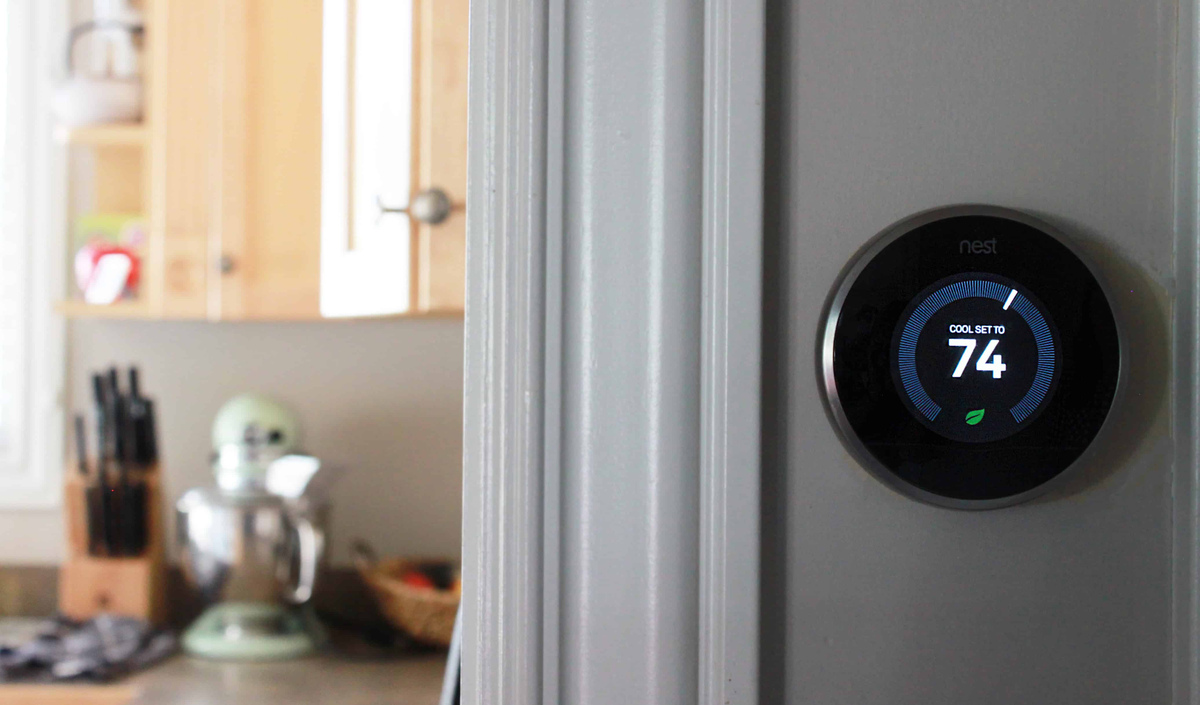

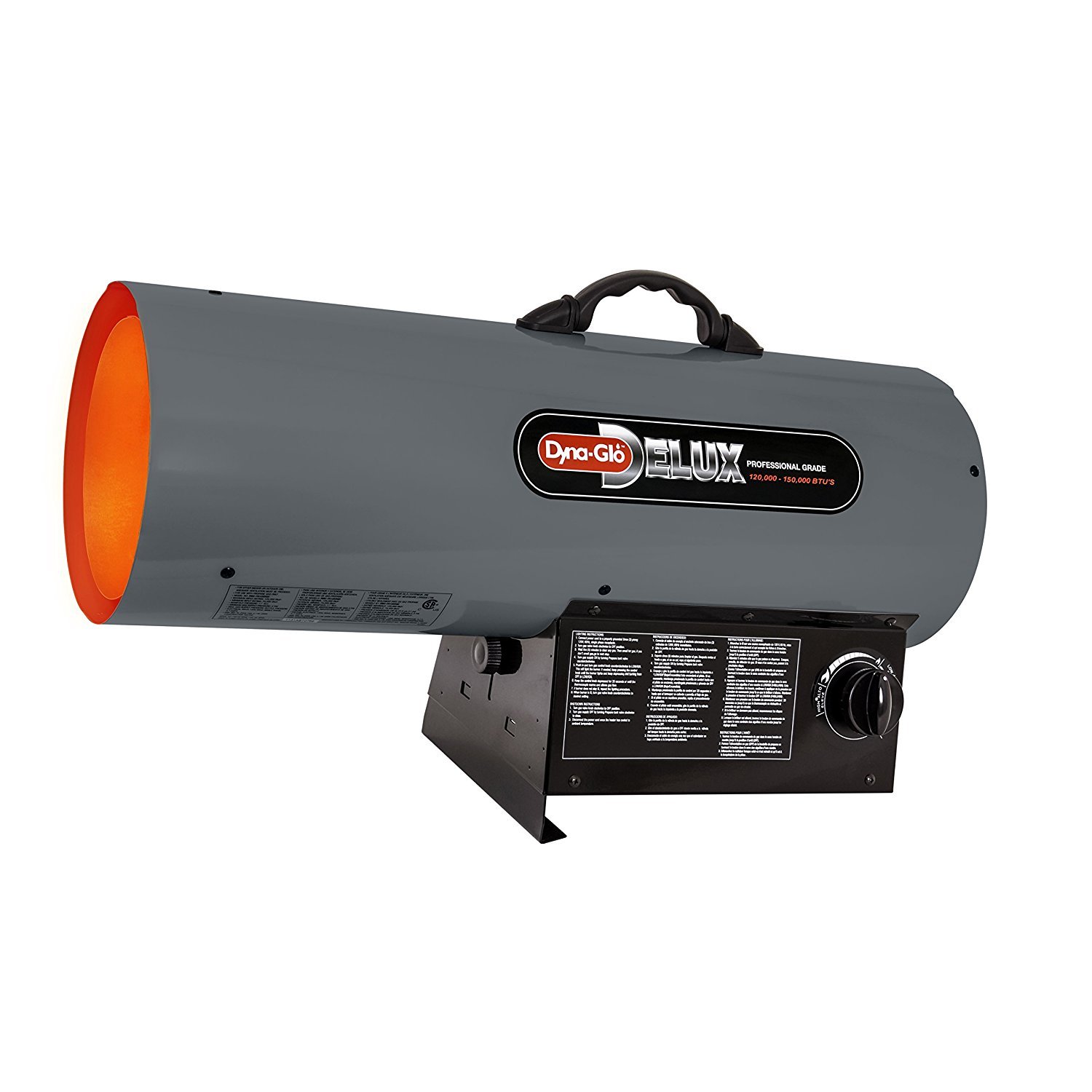
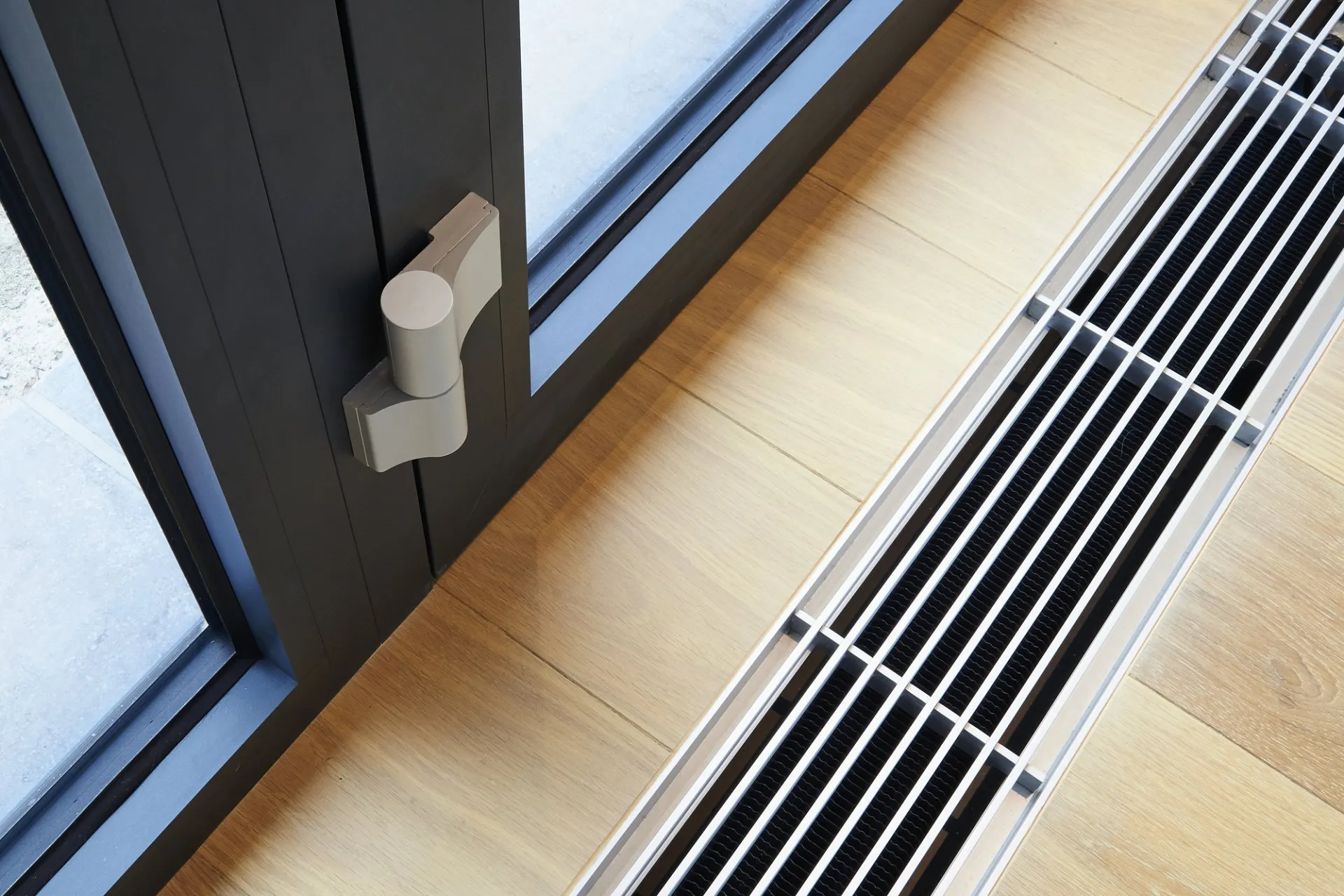
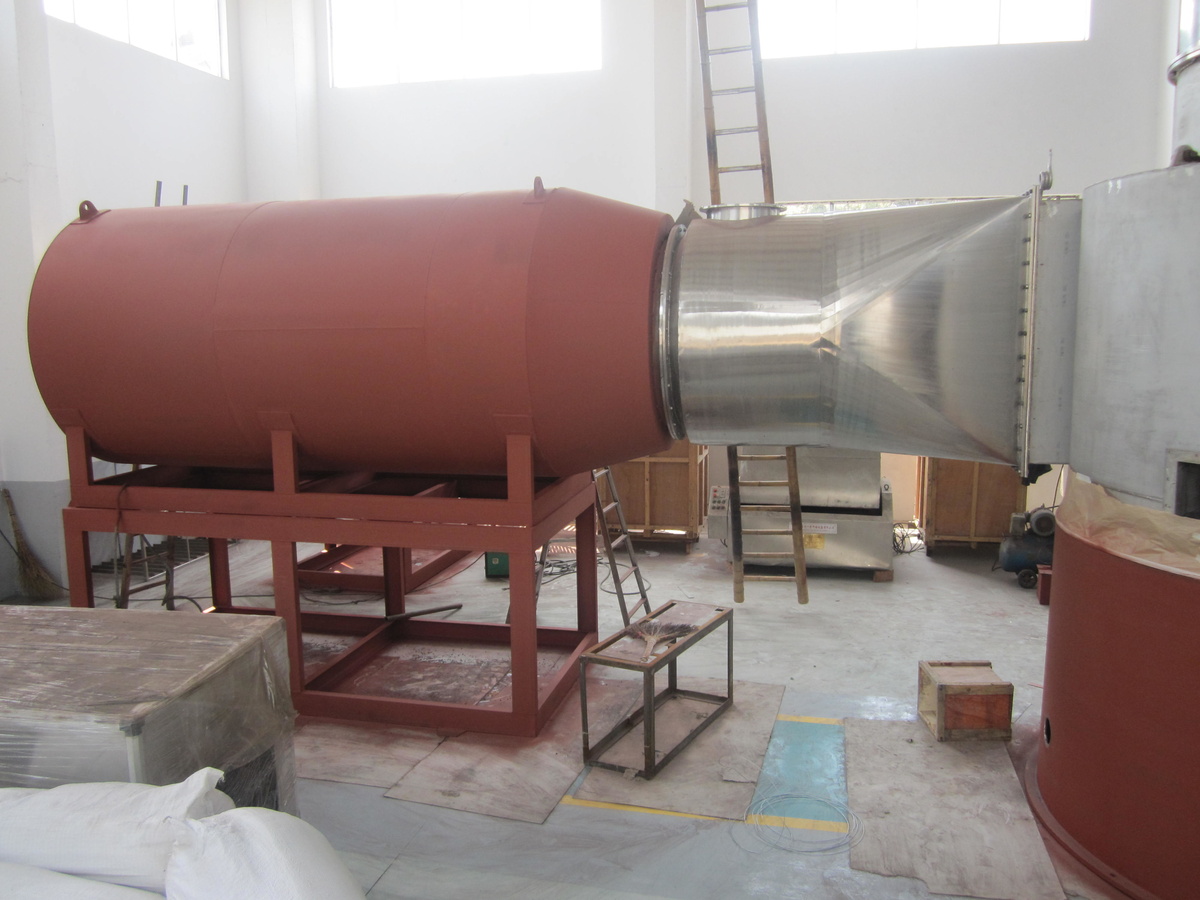
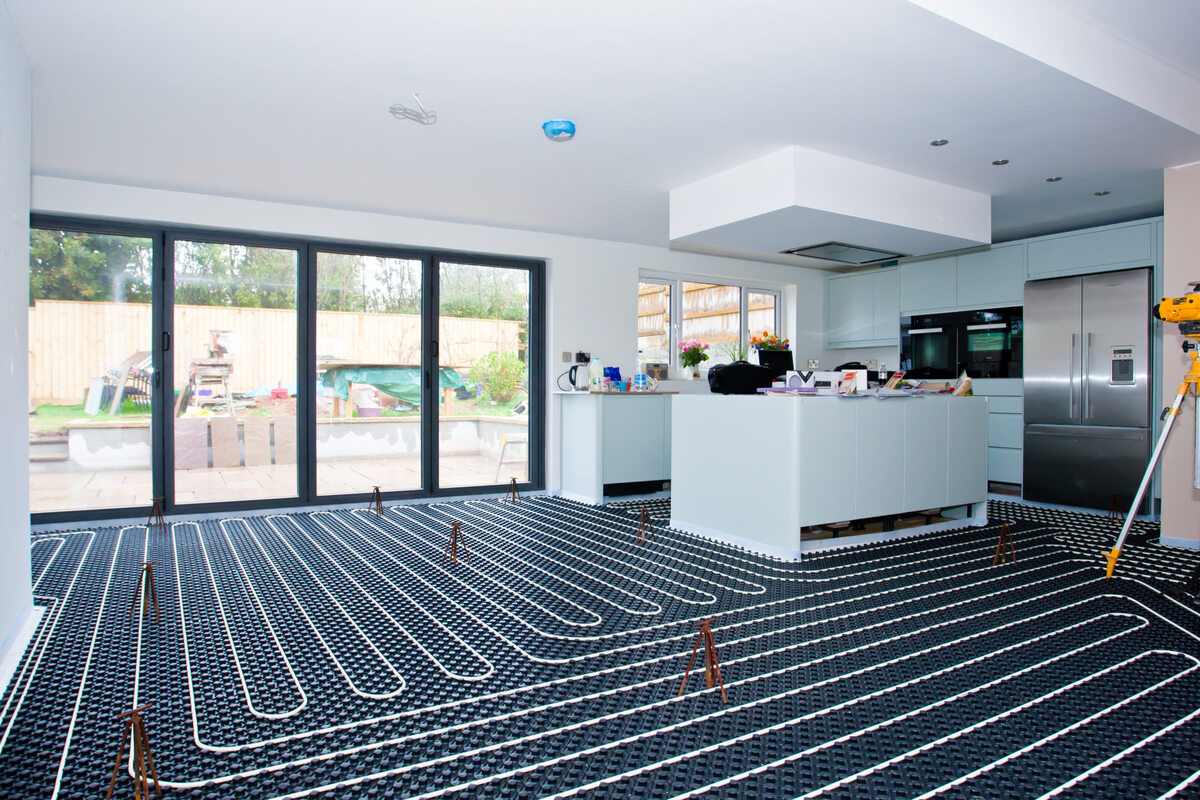
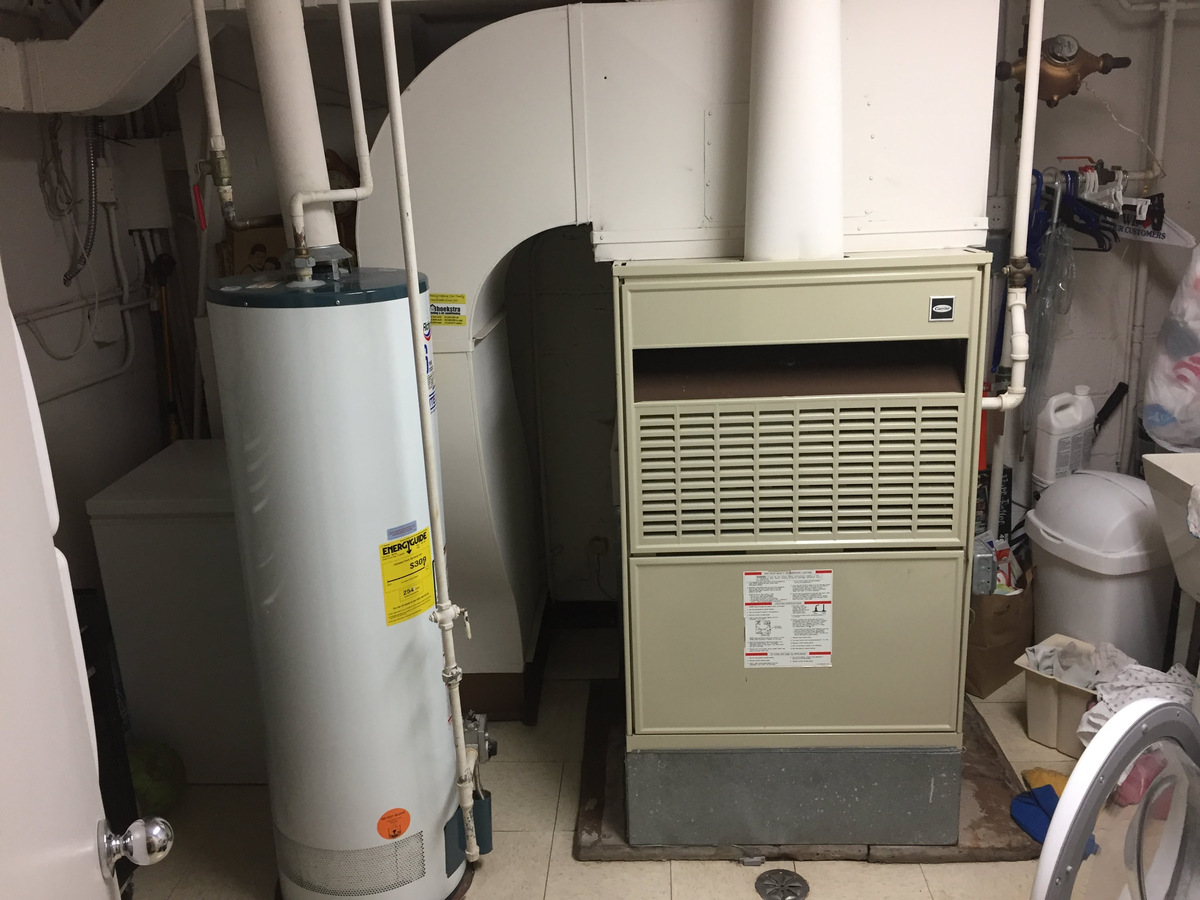
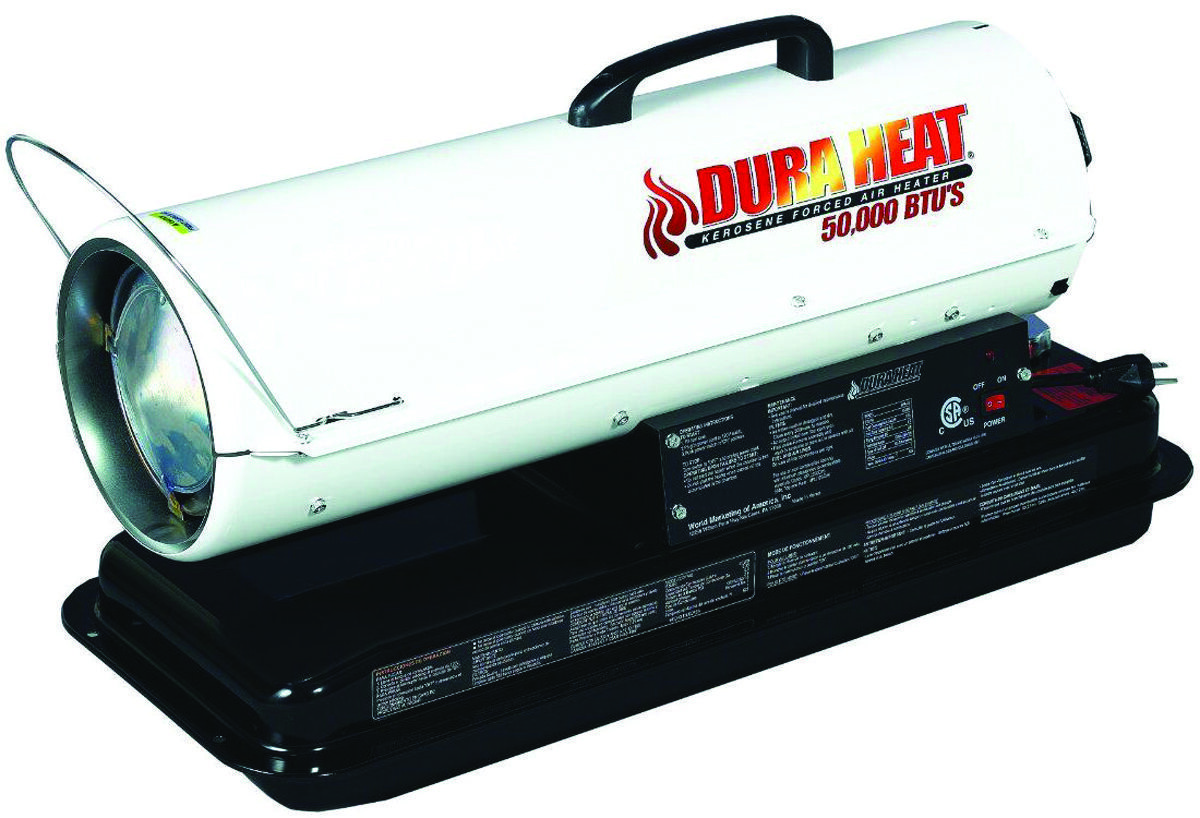
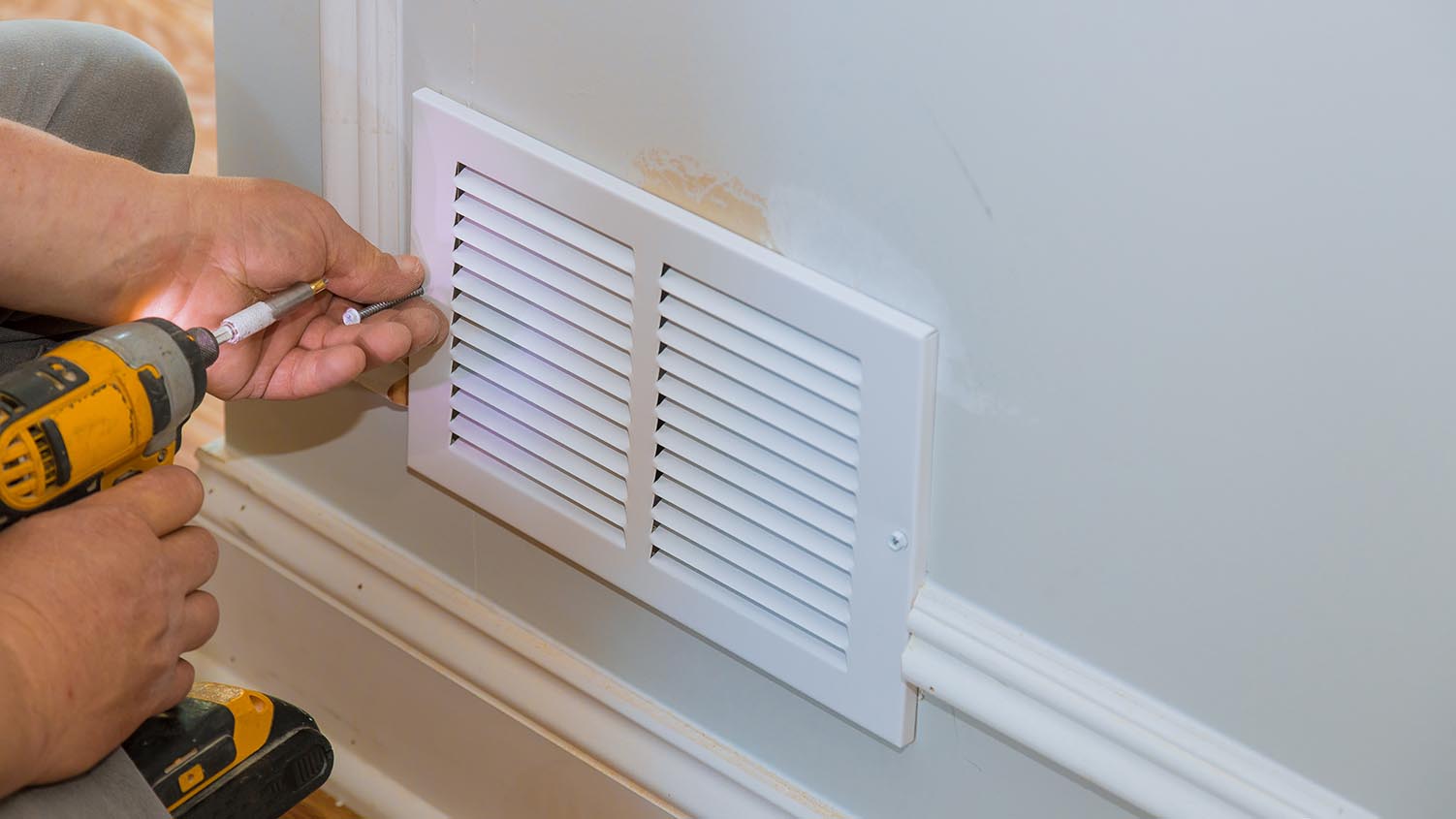
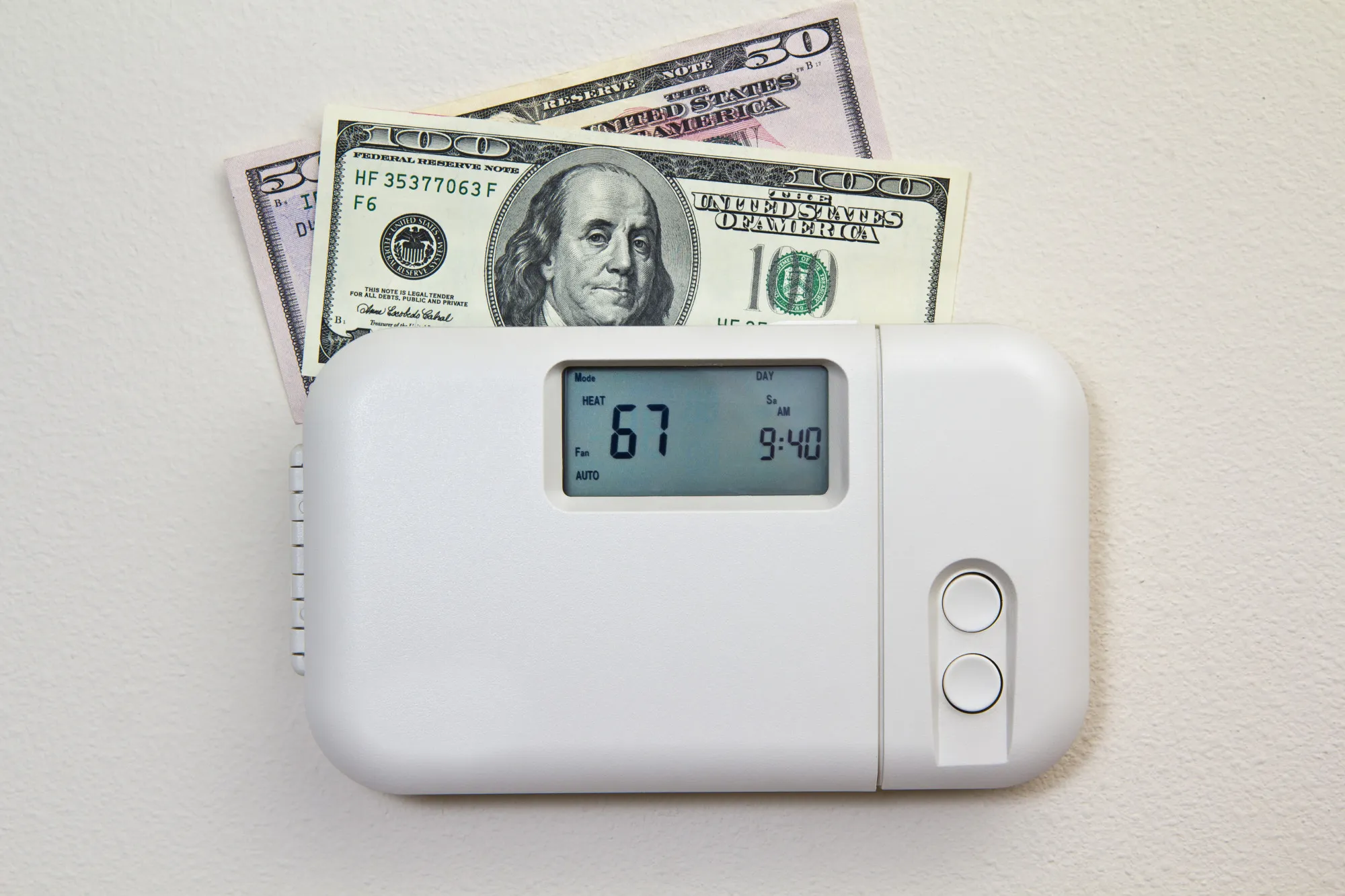

0 thoughts on “Why Does The Heat Cycle On Forced Air Heating System Ice On Coils”